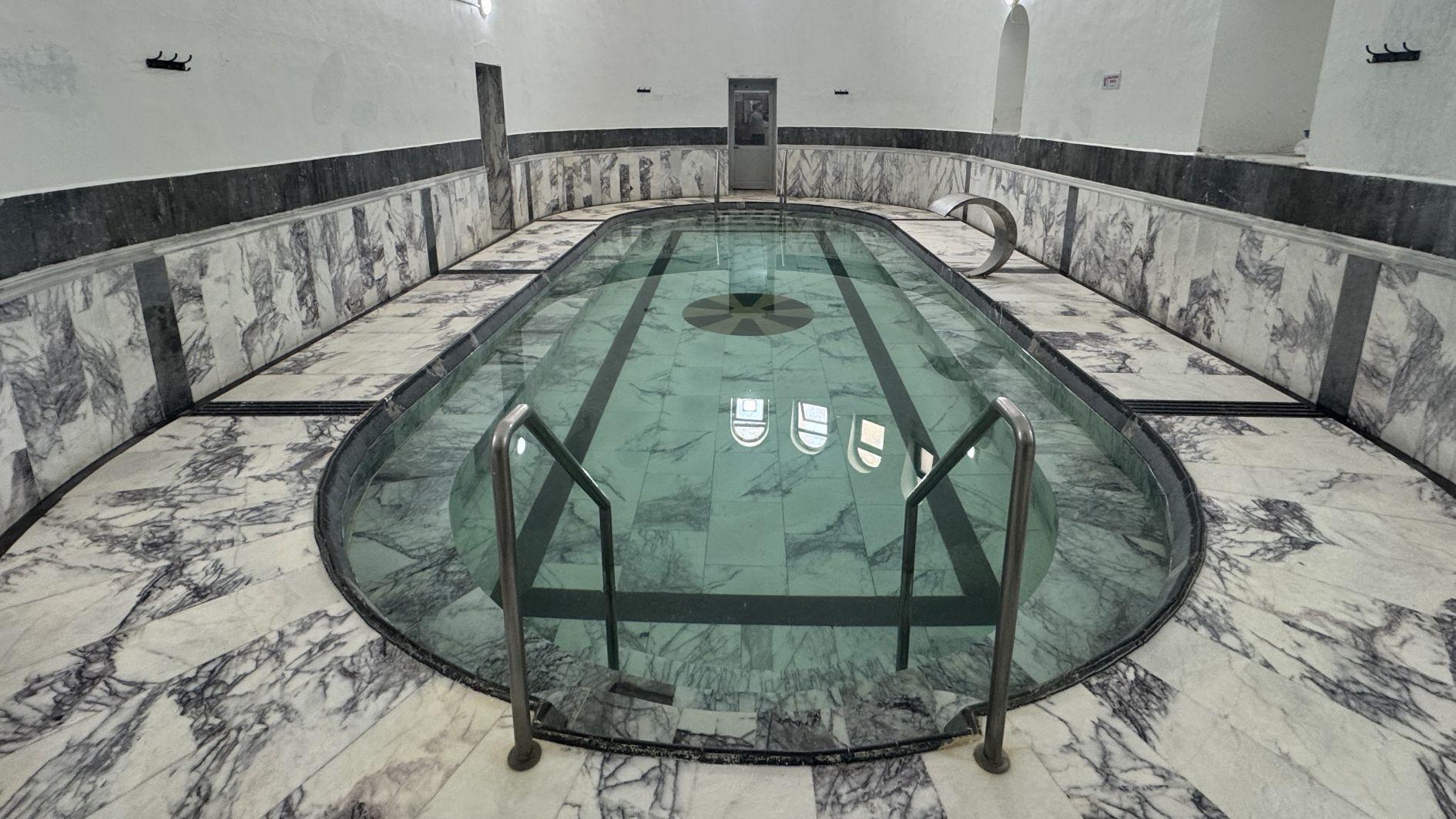
A detailed architectural survey has been completed for a 1,700-year-old Byzantine bath located in the Termal district of Yalova, shedding light on the structure’s origins and paving the way for future restoration efforts.
Selvi Haliloğlu Alp, a restoration expert and architect working for the Fatih Municipality, prepared the measured drawing (rölöve) of the historic Kurşunlu Bath as part of her graduate thesis at Yıldız Technical University. The ancient structure, built during the Roman era, is situated within the Health Ministry’s Termal Spa Complex and is a popular attraction for both local and international visitors due to its preserved Roman steles and unique architectural features.
The bath was last restored in 1900 by order of Ottoman Sultan Abdülhamid II and has since remained largely untouched. Nicknamed "Kurşunlu" (meaning ‘leaded’) due to its lead-covered roof, the bath now benefits from Alp’s pro bono rölöve, which documents every architectural detail scientifically.
"This structure carries traces from the Late Roman, Byzantine, Ottoman and Republican eras, and was built upon its original architectural foundations," Alp said. "In the Rare Books Archive of Istanbul University, we found post-excavation architectural plans of the site, which was once drawn by Raimondo Tommaso D’Aronco, the chief palace architect during Abdülhamid II’s reign. That was a major discovery.”
Alp explained that during the COVID-19 pandemic, her team used laser scanning technologies to take precise measurements of the bath.
“Kurşunlu Bath is one of the few surviving examples of its kind in Anatolia’s thermal regions,” she said. “With this project, we transformed its historical layers and cultural continuity into an academic conservation model. It is our hope that this example will help guide future restorations.”
‘A detailed plan for the future’
Professor Selçuk Seçkin of Mimar Sinan Fine Arts University and head of the nearby Çobankale excavation explained the significance of the project for the bath’s preservation.
“Thanks to Alp’s comprehensive work, we now have a fully drawn and detailed architectural plan for this site,” Seçkin said. “Since Yalova is located in an earthquake-prone area, these records will be invaluable should any future damage occur or if large-scale restoration is required. With this documentation, any reconstruction can stay true to the original design.”